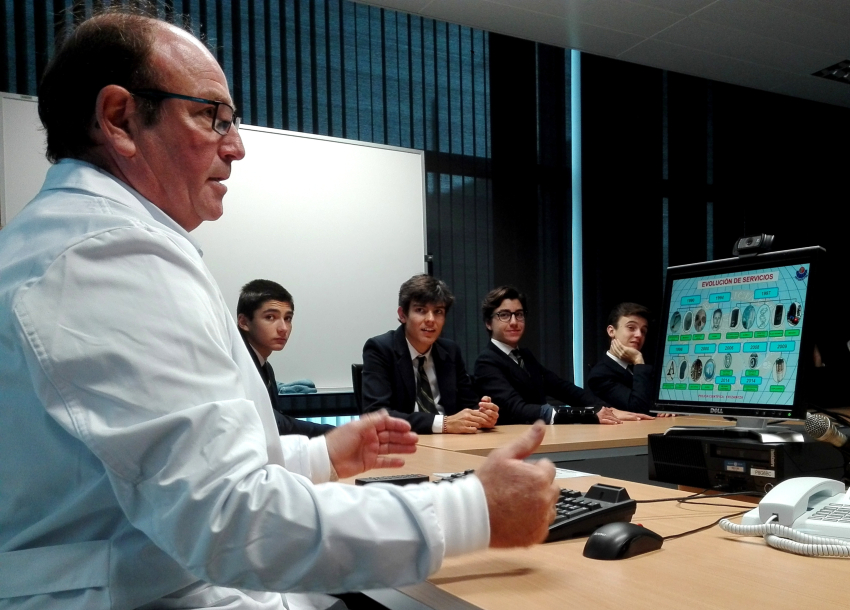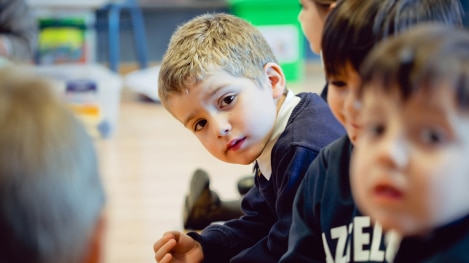
The Forensic Science Unit is one of the most advanced in Europe. Created in 1990, since 2006 it has been a member of the ENFSI (European Network of Forensic Science).
The Unit's laboratories at the Erandio base have opened their doors to the 1st Baccalaureate students who are working on the project. Forensic Science. It is a project of the IBSCin which Gaztelueta participates together with schools from several countries.
More photos in Instagram
The director of the Operational Area, Iñaki Irusta, gave the introductory session detailing the history and the different tasks of the Unit. They were then taken on a tour of the departments. They began the visit in the Counterfeiting. They were then attended to by Roberto in the Department of Forensic Anthropology. The visit continued in the laboratories of Chemistry and Genetics. In the latter, a veteran Óscar - who has been working in the department since the beginning - answered many questions from the students. Alberto received the group in the department of Ocular Inspections. He gave examples of the French criminalist's theory of transference. Edmond Locard (1877) on the perpetrator, victim and crime scene. Then it was the turn of Identification. It includes the issues related to portraits and fingerprints by Maria and another Alberto. They interrupted their work to attend to the curiosities presented to them by the young scientists. The interesting visit ended in the department of Ballisticsshown down to the smallest detail by an enthusiastic Jon.
In short, the visit to the Ertzaintza's Scientific Police Unit has been a great opportunity to delve into the field of forensic science. What they learnt during these hours will be very useful for the investigations of the project they are working on. We thank the Ertzaintza staff for their kindness and the time they dedicated to the young visitors. Some of the work was will be presented in Cambridge at the end of March. The British professor Carolyn MortonThe jury will be chaired by a forensic science expert.
